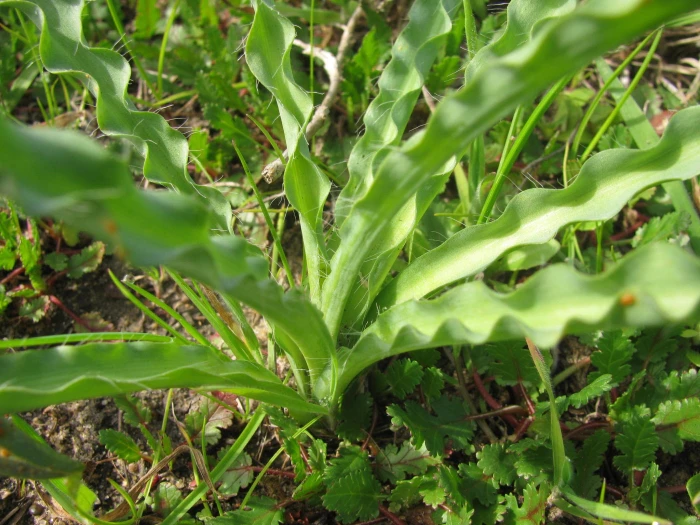Satin Squill
(Drimia elata)
Satin Squill (Drimia elata)
/
/

douglaseustonbrown
CC BY-SA 4.0
Image By:
douglaseustonbrown
Recorded By:
Copyright:
CC BY-SA 4.0
Copyright Notice:
Photo by: douglaseustonbrown | License Type: CC BY-SA 4.0 | License URL: http://creativecommons.org/licenses/by-sa/4.0/ | Rights Holder: douglaseustonbrown | Publisher: iNaturalist | Date Created: 2013-08-05T12:34:42-07:00 |





















Estimated Native Range
Climate Requirements for Yuma, Arizona
| This Plant | Your Site | Plant Suitability for Your Location | ||
|---|---|---|---|---|
| • Precipitation | 19" - 39" | 4" | Your precipitation may be insufficient for this plant. Irrigate N" / year. | Irrigate N" / year |
| • High Temp. | 76°F - 87°F | 105°F | Your summers may be too hot for this plant. | Too hot |
| • Low Temp. | 35°F - 49°F | 42°F | Your winter temperatures are normal for this plant | Excellent |
This plant should grow well at your location with about N inches per year (Y minutes per month) of irrigation.
Summary
Drimia elata, commonly known as Satin Squill, is a perennial bulbous plant native to rocky grasslands, open woodlands, and sometimes montane regions of southern Africa. It can reach up to 40 inches in height and produces long, slender, and sometimes wavy leaves. The inflorescence is a dense raceme, bearing numerous small flowers that range in color from grey-white to purple-brown, typically blooming in the summer months. The flowers are not particularly showy but have a subtle appeal.
Satin Squill is appreciated for its unique foliage and architectural form, making it a point of interest in rock gardens, borders, and as a specimen plant in Mediterranean or xeriscape gardens. It is relatively low-maintenance, requiring minimal water once established and thriving in well-drained soils. It prefers full sun to partial shade. While not commonly reported to have significant disease problems, bulb rot can occur in overly wet conditions. Satin Squill is not widely known for its culinary or medicinal uses but is primarily grown for its ornamental value.CC BY-SA 4.0
Satin Squill is appreciated for its unique foliage and architectural form, making it a point of interest in rock gardens, borders, and as a specimen plant in Mediterranean or xeriscape gardens. It is relatively low-maintenance, requiring minimal water once established and thriving in well-drained soils. It prefers full sun to partial shade. While not commonly reported to have significant disease problems, bulb rot can occur in overly wet conditions. Satin Squill is not widely known for its culinary or medicinal uses but is primarily grown for its ornamental value.CC BY-SA 4.0
Plant Description
- Plant Type: Bulbs
- Height: 1-2 feet
- Width: 1-2 feet
- Growth Rate: Moderate
- Flower Color: White
- Flowering Season: Summer
- Leaf Retention: Deciduous
Growth Requirements
- Sun: Full Sun
- Water: Low
- Drainage: Fast
Common Uses
Low Maintenance, Potted Plant, Rock Garden
Natural Habitat
Rocky grasslands, open woodlands, and montane regions of eastern and southern Africa
Other Names
Common Names: Giant Squill
Scientific Names: Drimia elata , Drimia alta , Drimia altissima , Drimia burchellii , Drimia ciliaris , Drimia concolor , Drimia eckloniana , Drimia elgonica , Drimia humilis , Drimia humilis
GBIF Accepted Name: Drimia elata